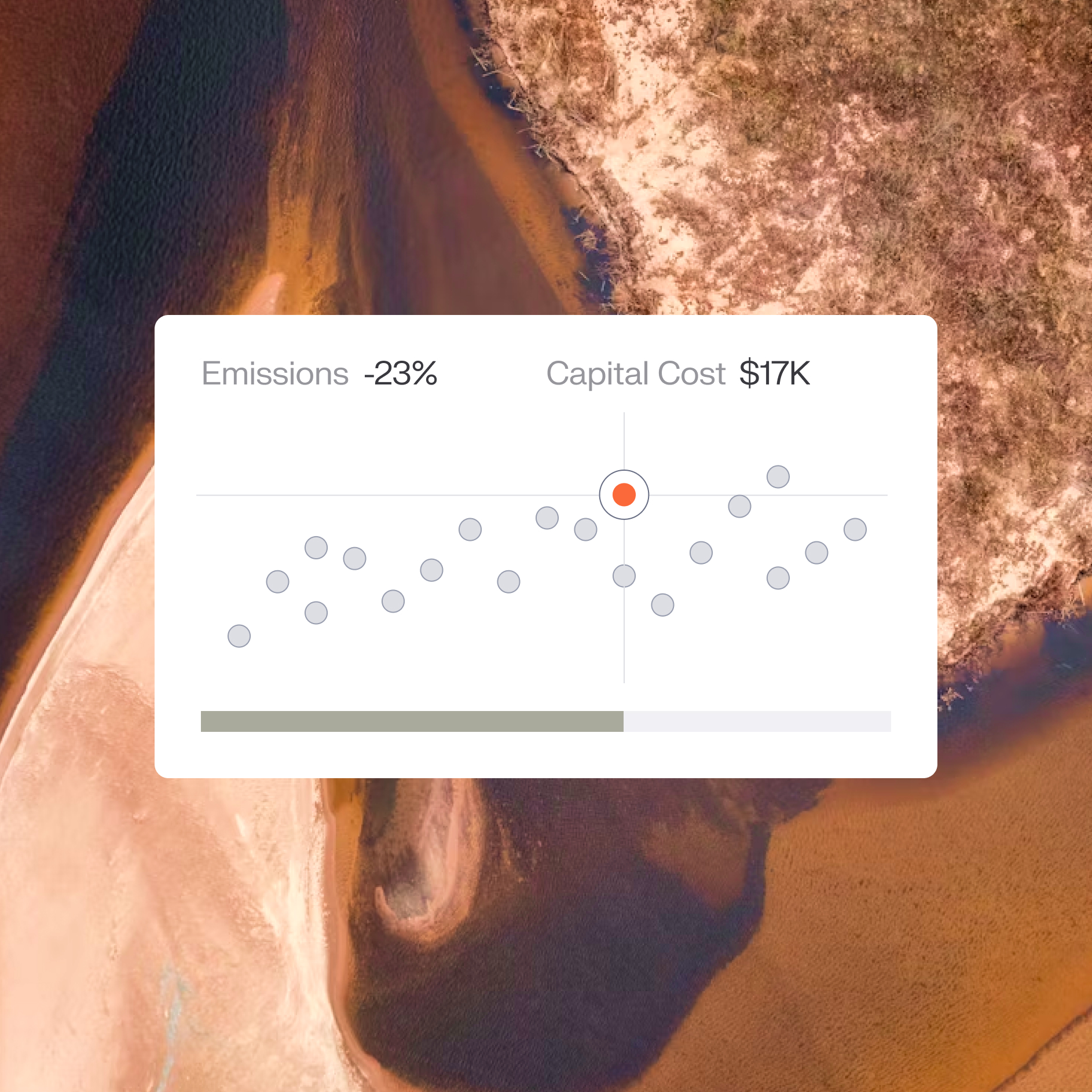Clean Energy Momentum
The clean energy sector has seen a rapid acceleration of capital allocation in 2025. Renewable energy projects, including solar and wind, represent the largest share of investment, supported by declining costs and technological maturity. Energy storage is a growing priority, with battery supply chains and grid-scale systems receiving record levels of funding. Grid modernization has become central to enabling higher renewable penetration, with spending on digital solutions and smart infrastructure expanding steadily. Energy management solutions are becoming essential as companies and utilities seek to optimize consumption, improve efficiency, and reduce costs while integrating more variable renewable sources. Emerging technologies such as hydrogen and carbon capture, utilization, and storage (CCUS) are also attracting greater financing, reflecting a push to diversify pathways to decarbonization. Nuclear energy is experiencing renewed interest, particularly in countries seeking baseload low-carbon generation. Private capital, including institutional investors and sovereign wealth funds, is increasingly pivotal in scaling clean energy deployment.
Regional Investment Dynamics
Investment patterns vary significantly across regions in 2025. In OECD countries, capital is directed heavily toward grid infrastructure, renewable deployment, and energy efficiency. Europe remains a leader in offshore wind and energy storage, while North America prioritizes grid resilience and large-scale renewables. China continues to dominate global solar and electric vehicle manufacturing, while also investing heavily in critical minerals and clean technology supply chains. In emerging economies, financing challenges persist. Many developing nations face higher capital costs, limited private sector participation, and reliance on multilateral development banks for project funding. Regional investment flows are also influenced by geopolitical dynamics, with supply chain security and energy independence shaping government strategies.







